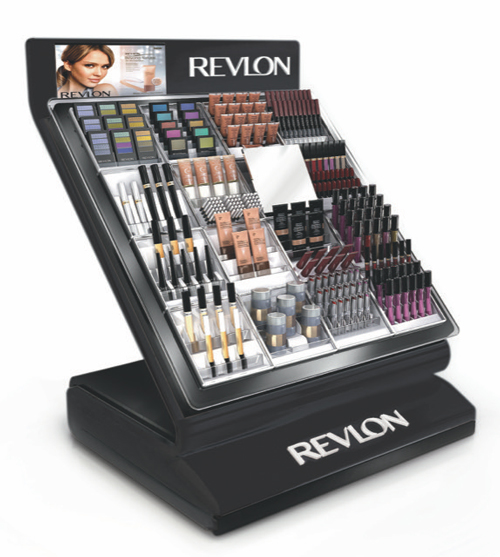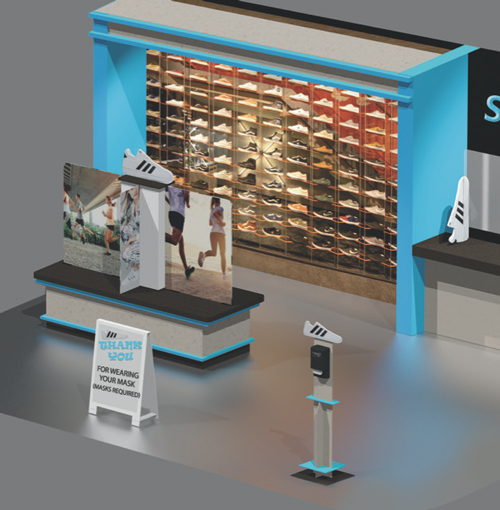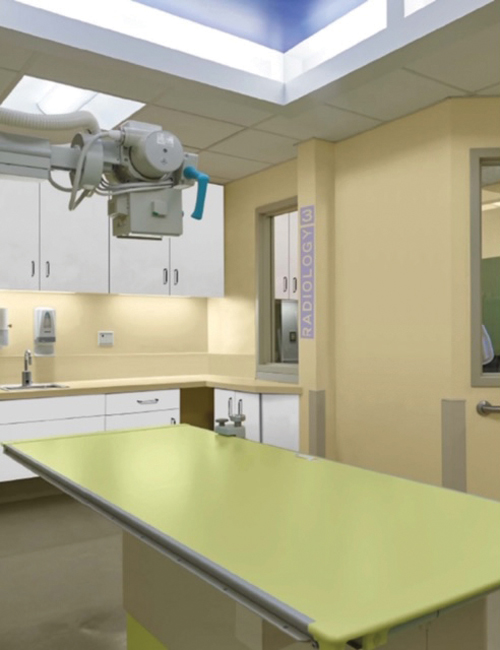he COVID-19 pandemic has shown just how vulnerable we are to microscopic threats that can cause tremendous harm worldwide. The failure to gain control of this virus has instilled fear about its long-term impacts and our ability to prevent future disease outbreaks. Fortunately, there are new technologies, strategies and products being developed and implemented today that aim to reduce the threats posed by harmful microbes such as COVID-19.
The first line of defense against the spread of coronavirus today involves practicing guidelines established by the Centers for Disease Control (CDC), National Institutes of Health (NIH), World Health Organization (WHO) and other agencies. These guidelines include disinfection, social distancing, use of personal protective equipment (PPE)/masks and handwashing. Such precautions, along with medical testing and self-quarantine of confirmed and suspected cases, are our primary methods for controlling and reducing COVID-19 transmission until an effective vaccine reaches the public.
In this first line of defense, disinfection kills bacteria, viruses, mold, mildew and other harmful microbes, while distancing and physical barriers assist in reducing the spread of harmful airborne germs. A second line of defense focuses on interrupting a microbe’s ability to propagate and survive on surfaces using antimicrobial agents. The CDC recognizes that a significant percentage of illness-causing germs are transferred by touching contaminated surfaces. Antimicrobials offer an effective second line of defense against harmful organisms by disrupting the mechanisms of reproduction on inanimate objects and surfaces, thereby suppressing their growth and ultimately causing them to die.
Antimicrobial additives in soaps, lotions, topical medications, bandages, clothing and packaging have been available for a long time and have employed countless strategies to impart their microbe-eliminating properties. However, prior to the pandemic, widespread use of these additives was virtually non-existent due to cost and the perception that it wasn’t worth the additional investment.
However, in the United States alone, the estimated cost to insurance companies for treating secondary infections resulting from a hospital stay ranges from US$28 – US$45 billion per year. Complications and infections caused by germs commonly known as staph, MRSA, C-Diff and VRE are among the most common and costly of these preventable illnesses and deaths. Starting in 2009, the U.S. government stopped covering the cost of Medicare claims for preventable conditions, mistakes and infections resulting from a hospital stay. Many private health insurance providers have since followed suit.
Fast-forward to today, and the economic damage of this virus-induced pandemic is staggering due to shutdowns of countless businesses and public spaces; international and domestic travel restrictions; and continuous impact on hospitality, long-term care, daycare, public transit, food preparation facilities and the entertainment industry. Clearly, the financial consequences of contagions require new and better strategies for mitigation. The potential benefits far exceed the additional costs associated with antimicrobial additives because the microbial load that bypasses the first line of defense can now be reduced on surfaces. Global manufacturers of performance plastics are introducing polymers using various antimicrobial technologies that demonstrate efficacy in destroying various bacteria, molds, fungus and viruses. However, in the United States, the Environmental Protection Agency (EPA) regulates antimicrobial additives as pesticides, which limits the claims manufacturers can make in their ads. While in Europe and other parts of the world, it is acceptable to say that these products actively kill harmful microbes — as has been confirmed in many clinical trials — manufacturers are not permitted to make these same claims in the United States.
The extent to which a U.S. company can proclaim the efficacy of antimicrobials is that “they protect the surfaces of products against attack from or colonization of bacteria, molds and mildew that cause stains and odors or degradation of the product.” This understates the effectiveness of antimicrobial additives and is partly responsible for the market’s reluctance to embrace these products. However, growing awareness of the full benefits of these additives is beginning to grow. While antimicrobial additives have demonstrated efficacy against a long list of bacteria, molds, mildew and some viruses in laboratory testing, no antimicrobial products on the market can claim they are effective against COVID-19 specifically, as they have not yet been sufficiently tested.
Uses of antimicrobial plastics range from wall cladding for medical suites, food preparation areas, hospitality and pharmaceutical applications, to furniture, laminates, signage, partitions, barriers, PPEs, fixtures, equipment coverings and device enclosures. Essentially, any “high-touch” application can be produced using antimicrobial performance plastics.
A common method of infusing plastics with antimicrobial benefits is to incorporate ionic metals — such as ionic silver, copper, zinc or titanium — into the core resin or applied as a surface coating.
Concerns have arisen in regards to the widespread use of antimicrobial agents potentially causing resistant strains of microorganisms. Given the rise in antibiotic-resistant strains of bacteria and superbugs, these concerns are reasonable. However, prior to the advent of modern antibiotics, the use of silver and copper as a natural antimicrobial and healing agent is very well documented. Over the past several decades, and through extensive use in commercial, consumer and healthcare applications, there has not been clear evidence of the development of antimicrobial metal resistant strains.
Below are some examples of new performance plastic products and uses in various markets. This is only a partial listing, as the opportunities for antimicrobials are growing with each day.



In aerospace and transportation, non-flammable antimicrobial performance plastics are needed for improved sanitation and resistance to frequent disinfection. Aircraft, trains and bus interiors are using more of these products in wall panels, tray tables, seats and interior glazing. Similarly, public transport waiting areas are being redesigned, thus the demand for surfacing materials that can be easily disinfected and prevent the growth of microbes on their surfaces is rapidly growing.
In food service, cutting boards, food carts, buffet service, trays, tables, seats, sneeze guards and cabinet faces are all using materials listed above due to improved sanitation benefits.